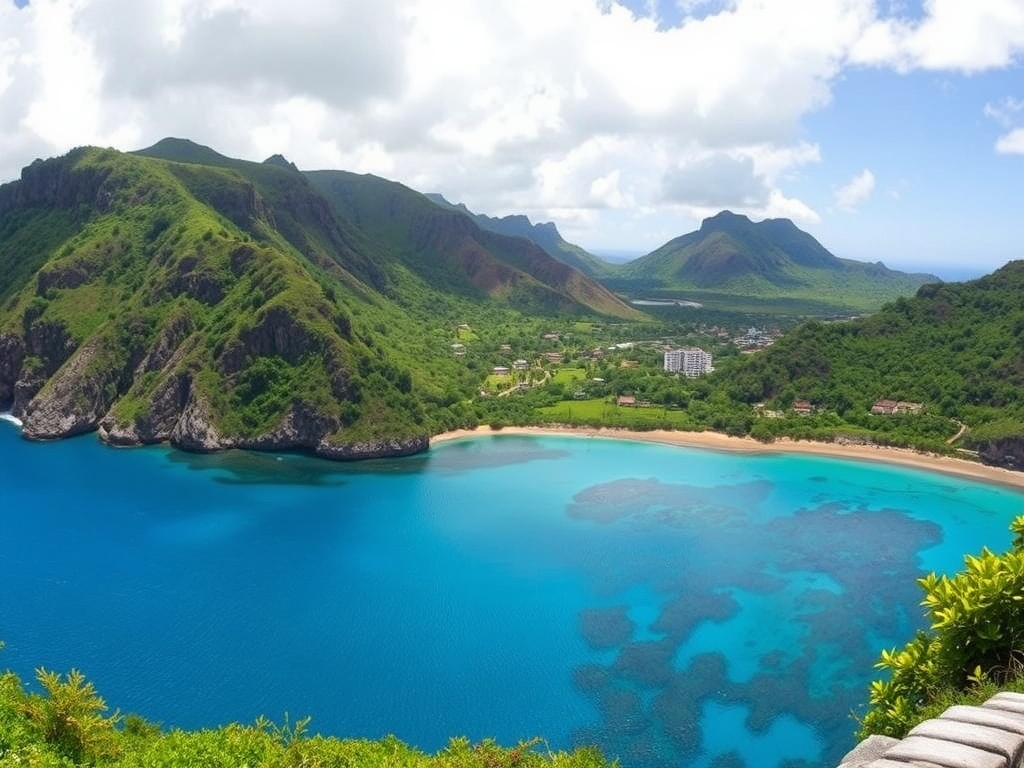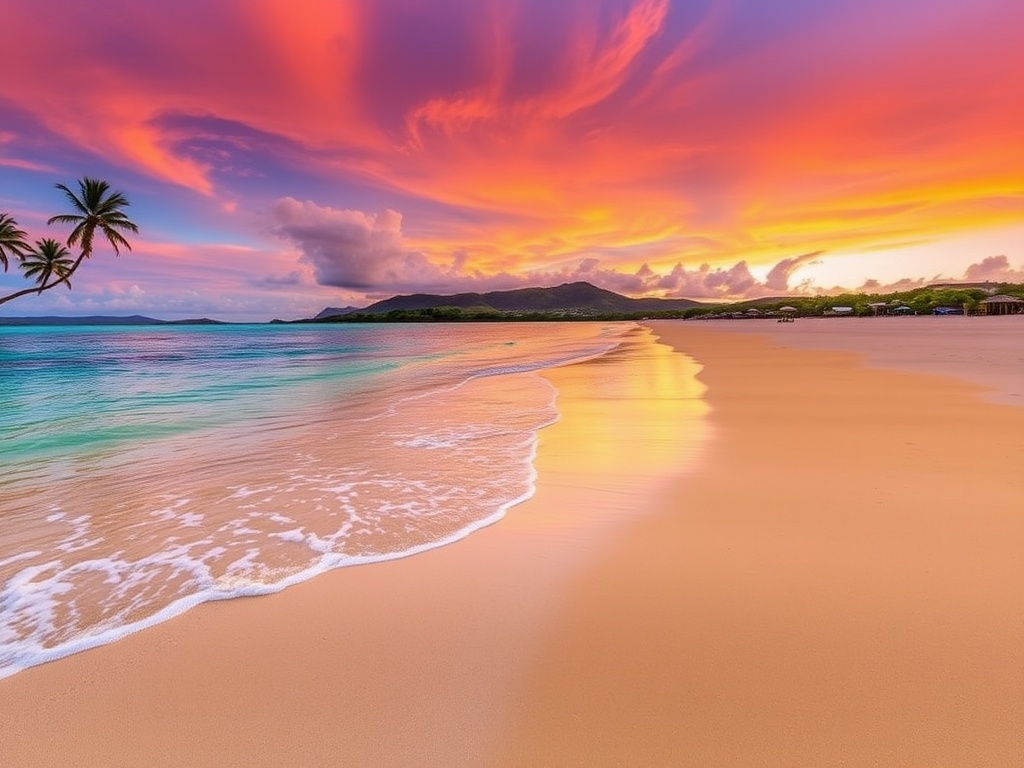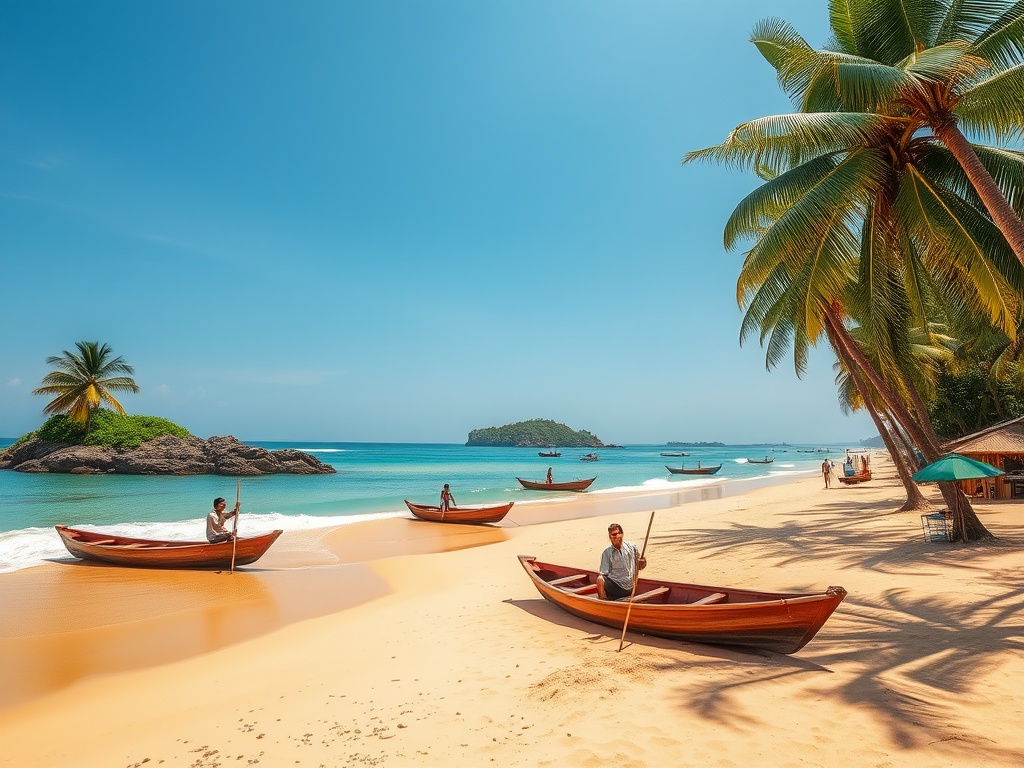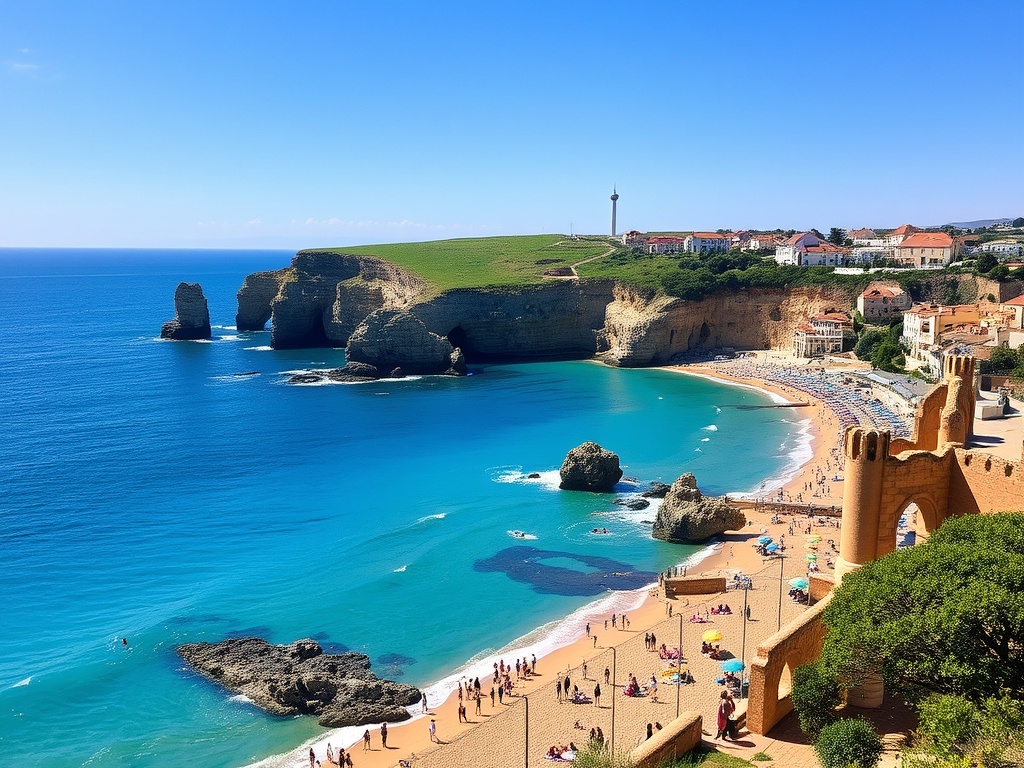Exploring the Hidden Gem of Rodrigues

“Rodrigues is the most beautiful place in the world,” declares our enthusiastic hiking guide, Marie Paule, as we stand atop Mont Limon. At a height of 398 meters (1,306 feet), it is the highest peak on the island. From this vantage point, we are treated to a breathtaking panorama of forested ridges and valleys, all leading to a stunning lagoon dotted with coral islets and bordered by a vibrant reef.
As Marie Paule points out a golden-backed Rodrigues fruit bat soaring gracefully over the canopy, I can’t help but marvel at this remarkable creature. Once deemed the world’s rarest bat, the population has now rebounded significantly on this tiny Indian Ocean island, which is one of the most remote inhabited locales on the planet.
If Rodrigues isn’t on your travel radar, you’re not alone. Last year, this volcanic paradise welcomed about 25,000 international tourists, a mere fraction compared to Mauritius, its larger neighbor located 650 kilometers to the southwest, which received around 1.3 million visitors. Rodrigues is often described as “Mauritius, 50 years ago,” with its pristine beaches, flourishing marine parks, and a warm, community-oriented Creole culture.
- Anse Ally beach, with its crystal-clear waters and soft sands, stands out as one of the most enchanting spots on Rodrigues.
- Accommodation here is surprisingly affordable; a beachside hotel can often be found for under £250 per night, which is about one-third cheaper than similar luxury resorts in Mauritius.
- For those looking for a more local experience, guesthouses or gîtes typically charge less than £100 per night and often include delectable homemade meals, such as octopus curry paired with papaya and coconut milk.
Measuring just 11 miles by four miles, Rodrigues is easily navigable, offering visitors a chance to unwind and explore its natural beauty on a hiking holiday that encompasses lush tropical forests and dramatic ravines. The well-trodden paths reveal the daily lives of the Rodriguan people—farmers, fishermen, and church-goers—giving visitors a deeper understanding of the island’s culture.
During our descent from Mont Limon, I catch sight of a vibrant sun-yellow bird with a delicate rose blush flitting among the trees—it’s a male Rodrigues fody, a rare species of weaver bird and one of only two endemic birds found here. In my multiple visits to Mauritius, I’ve yet to spot any of its nine endemic birds in their natural habitat.
While Marie Paule’s two-hour “Terre & Mer” (Land & Sea) hike is popular among tourists, the mountain remains a peaceful sanctuary, teeming with birdlife. At Port Sud Est, we embark on a pirogue, a traditional fishing boat, to explore some of the lagoon’s southern islands. The first stop is the tiny, rocky Hermitage Island, where we scramble up its rugged terrain while freshly caught langoustines sizzle on a nearby barbecue.
Afterward, we dive into the crystal-clear waters of Couzoupa, a serpentine underwater ravine showcasing a stunning array of blue hues, where a shoal of trumpet fish gracefully glides beneath us. Continuing our journey to Île aux Chats, we sail around the island while vibrant orange African monarch butterflies flutter around us, before fisherman Giga skillfully unfurls the colorful sail for a leisurely return to shore.
“Trekking is a national pastime here,” says Aurèle André, as we enjoy a hearty goat curry lunch at the François Leguat Giant Tortoise and Cave Reserve located in the island’s rugged west. Aurèle manages the Rodrigues Trail, an annual celebration that honors the tradition of walking a series of scenic trails.
“It isn’t merely a race through the wilderness,” he explains. “On the 7-kilometer trail, you will encounter families and mothers carrying their babies strapped to their chests.” For the more adventurous, the 75-kilometer Ultra Tour encircles the entire coast, beginning at an early 2:30 a.m. and requiring completion by 6 p.m.
Rodrigues is a haven for unique flora and fauna. The reserve named after the first settler, François Leguat, a French Huguenot who fled persecution, has become a conservation triumph. Over the past two decades, the population of giant Aldabra tortoises has surged from 500 to an impressive 10,000. As I stroll through the limestone ravine, I encounter several of these gentle giants, their 250-kilogram bulk moving slowly toward me, seeking a friendly neck rub.
Below ground, an extensive network of caves awaits exploration. During a guided tour of Grand Caverne, I come face to face with an ancient tibia embedded in the rock, a remnant from the solitaire, a close relative of the dodo that suffered a similar fate of extinction. Back on the surface, I wander through the Grand Montagne Nature Reserve, where my guide Dany highlights the bois benjoin tree, whose striped red leaves serve to repel tortoises. The Mauritius Wildlife Foundation’s rewilding project has successfully preserved 42 rare species.
On the east coast trail, I journey from Graviers to St Francois, traversing red earthen paths that weave through casuarina forests and over grassy limestone cliffs, which gracefully curve around a trio of serene coves. The most breathtaking spot is the hourglass-shaped Trou d’ Argent (Silver Hole), where translucent waters cascade onto sandy shores nestled between sturdy cliffs. Local lore suggests that this beach may conceal buried pirate treasure, but truly, the greatest treasures lie in the awe-inspiring beauty that surrounds you on this gloriously overlooked island.
Getting There
Air Mauritius offers flights to Rodrigues via Mauritius.
Staying There
- Origin Eco-Chalets serves as a perfect base for hiking adventures, with double rooms starting from £190. origin-rodrigues.com
- Rodrigues at Mourouk provides doubles from £225. c-resorts.com
- La Belle Rodriguaise offers lagoon views with doubles starting at £165. labellerodriguaise.com
More Information
For additional details, visit discover-rodrigues.com.




